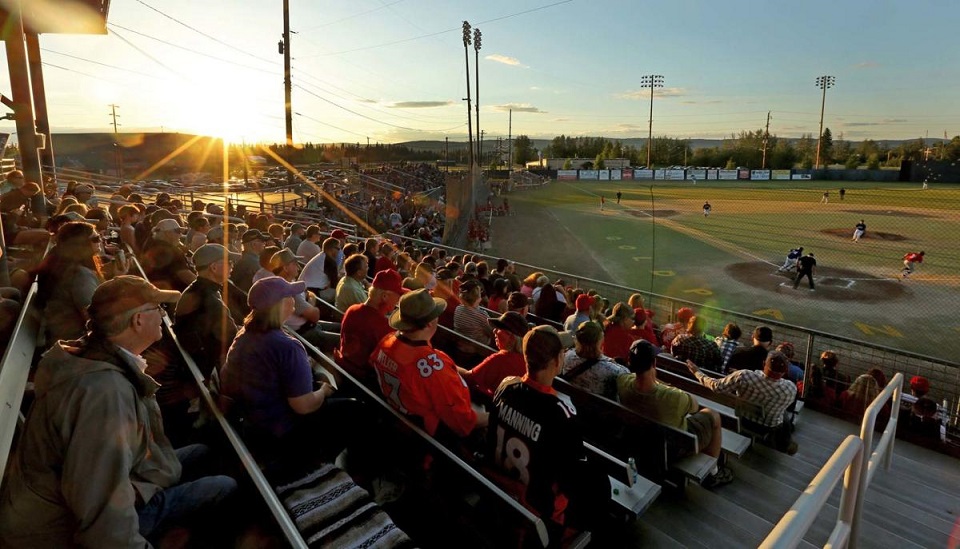Six Things You Didn’t Know About the Summer Solstice

And I don’t mean things like what or when it is (which I’ll reveal shortly…like right now). The reason we have seasons is due to the fact that the earth is tilted 23.5 degrees on its axis. In other words, if you ran a line (or pole) through the earth, from North to South Pole, it would not stand vertical, but would be tilted 23.5 degrees from vertical.
Therefore, as the earth rotates around the sun, certain sections of it, the Northern and Southern Hemispheres, are tilted towards or away from the sun. This tilt, and the fact that we rotate around our home star, cause the seasons to change, NOT how close or far we are from the sun.
Our four seasons are heralded by what are called equinoxes (spring and fall) and solstices (summer and winter). The exact times of these events vary slightly from year to year and occur when the sun is directly over certain points on the earth.
The two equinoxes occur when the sun is directly over the equator and derive their name for the fact that, when it happens, there are equal amounts of light and darkness (12 hours) along said equator.
The winter solstice takes place when the sun is directly over the Tropic of Capricorn, in the Southern Hemisphere and the summer solstice happens when the sun is directly over the Tropic of Cancer in the Northern Hemisphere. Each imaginary line, or “Tropic” is exactly 23.5 degrees from another imaginary line, the equator. In 2019, the summer solstice occurs on June 21 at exactly 11:54 AM EDT.
OK, now that we’ve defined the summer solstice and determined when it occurs, here are six more facts with which to amaze your friends and family:
- The word, “solstice” comes from the combination of two Latin words, “sol” meaning sun, and “sistere” meaning to stand still. This is because the sun’s position in the noon-time sky appears unchanged for days just before and after the solstice. It’s as if the sun is standing still.
- Stonehenge, that strange stone circle near Salisbury in southern England, was thought to have been built as an astronomical clock or calculator focused on the two solstices and might have had its beginnings as a burial mound. On June 21, thousands of people will converge on Stonehenge, as they usually do every solstice, to celebrate what is referred to as Midsummer.
- The earth, despite the heating of its surface in the Northern Hemisphere, is actually at its farthest point from the sun during the summer solstice. Our summer is derived solely from the fact that the earth is tilted on its axis, NOT by how close, or far we are from the sun.
- If the sun is shining where you are at noon on June 21, take a look at your shadow as it may make you look a bit shorter than normal. That’s because your shadow will be at its shortest of the entire year due to the sun being at its highest point in the sky.
- The Alaska Goldpanners baseball team plays its annual Midnight Sun Game during the summer solstice in Fairbanks. The game begins at 10:00 PM and continues well past midnight. This is because the sun doesn’t set north of the Arctic Circle during the solstice. Again, because of the earth’s 23.5-degree tilt.

- The ancient Egyptians considered the summer solstice to be the beginning of their new year as it usually ushered in the annual rains that would cause the flooding of the Nile River. This flooding was essential to the success of their harvests as it irrigated their fields.It is also believed that two of the pyramids and the Great Sphinx were built to be in alignment with the setting sun of the summer solstice. When viewed from the Sphinx, the sun sets directly between the two pyramids.(PHOTO: Juan Antonio Belmonte)

This Friday, June 21, become a bit nerdy and spread the above little-known facts about the summer solstice and look to the skies with a little more wonder.
You must be logged in to post a comment.